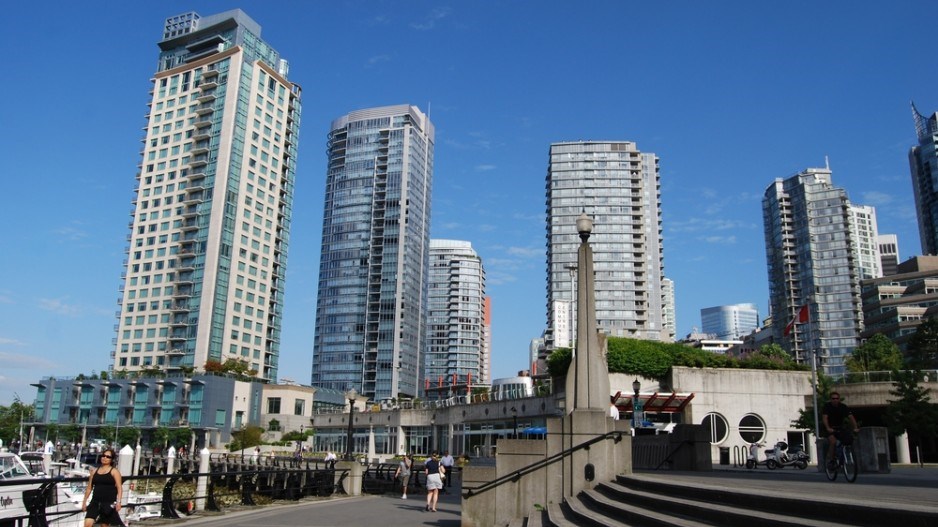Value for money
Hong Kong – its eponymous island as well as Kowloon and the New Territories – topped the list in a global ranking of real estate prices that Century 21 Canada released last week. The survey, last undertaken in 2007, surveyed residential prices from 75 cities in 27 countries.
Vancouver didn’t make the list: for its global rankings, Century 21 chose West Vancouver, which ranked sixth for apartment prices at $1,173 per square foot. West Van detached-house prices ranked eighth on the global scale at $824 per square foot.
This wasn’t because West Vancouver was the most expensive municipality in the region, either (those rankings will appear later this month when Century 21 surveys house prices in Canada).
Rather, Century 21 was following up on a 2007 survey that focused on executive house prices. The 2007 survey pegged Vancouver prices at third in the world behind London and New York, at $1.6 million for a four-bedroom, two-and-a-half-bath 2,700-square-foot home on an 8,750-square-foot lot in West Vancouver’s Ambleside neighbourhood. Century 21 credited Vancouver’s attractiveness to a cosmopolitan milieu for its third-place ranking in 2007.
The latest survey highlights its affordability on a global scale, where it compares favourably against major centres such as Khobar, Saudi Arabia, and San Francisco, where apartment prices are higher, and Beijing and Shanghai, where house prices exceed those of the Lower Mainland.
Average residential prices aren’t always the best measure of housing realities, however; the annual Demographia survey regularly comes under fire from local pundits for using an average price when ranking Vancouver second to Hong Kong (taken as a whole) in terms of affordability (the latest survey saw Sydney, Australia, take the No. 2 spot and nudge Vancouver into third place).
However, another recent survey of residential costs by a division of California data management firm Yardi Systems Inc. indicates that US$1,000 will get Vancouver tenants more than in many other cities.
While the sum secures just 277 square feet in Manhattan, 321 square feet in Hong Kong (again, taken as a whole) and 537 square feet in Sydney, it commands a princely 610 square feet in Vancouver.
Directing supply
Speaking of global cities, Vancouver general manager of planning, urban design and sustainability Gil Kelley told the Urban Development Institute (UDI) last week that Vancouver’s housing woes aren’t unique. With cities like London and Singapore fingering housing affordability as their top issue, Vancouver is in good company.
“We are in a bona fide housing crisis here,” Kelley said, but noted that people are expressing “a lot of confusion” to the city about the origins of the crisis.
Some say it’s a lack of supply, others say it’s supercharged demand, while still others point to global changes in the housing market. Yet without a good understanding, it’s tough to come up with good solutions.
One reason stands out from the crowd for Kelley, however, and that’s investor demand, which plagues not only Vancouver but every growing city around the world.
“[It] is just simply overwhelming and directing the supply of housing,” he said.
This is prompting the city to prioritize strategies that focus on rental housing, which attract an investor driven less by speculation and more by long-term income. With an existing stock of 90,000 purpose-built rental units in Metro Vancouver, Kelley said these must be retained and augmented as the foundation of the region’s affordable-housing stock.
Kelley also told UDI – to cries of “hear, hear” from some quarters of the room – that perhaps affordable housing should be considered the amenity the city extracts from developers at rezoning rather than a specific dollar contribution.
Six years ago, Kelley’s predecessor, Brent Toderian, explained community amenities as specifically “civic things, things achieved and built or operated by the city as part of our development process.”
With the city announcing changes this fall to community amenity contributions, a reset to what many have considered a confusing and demanding practice seems finally in sight. •




